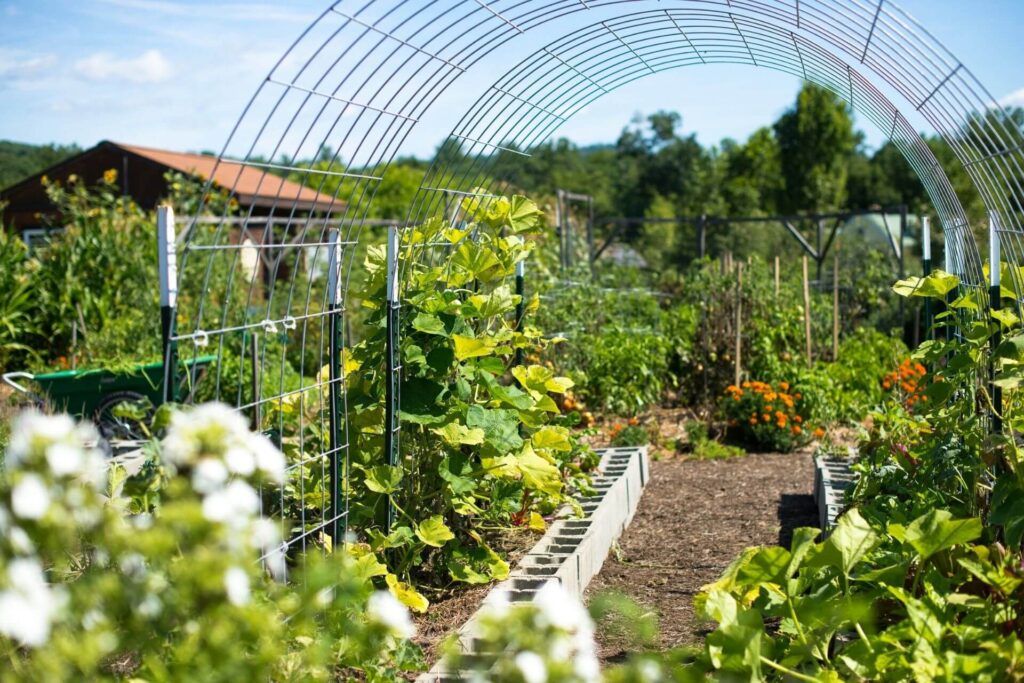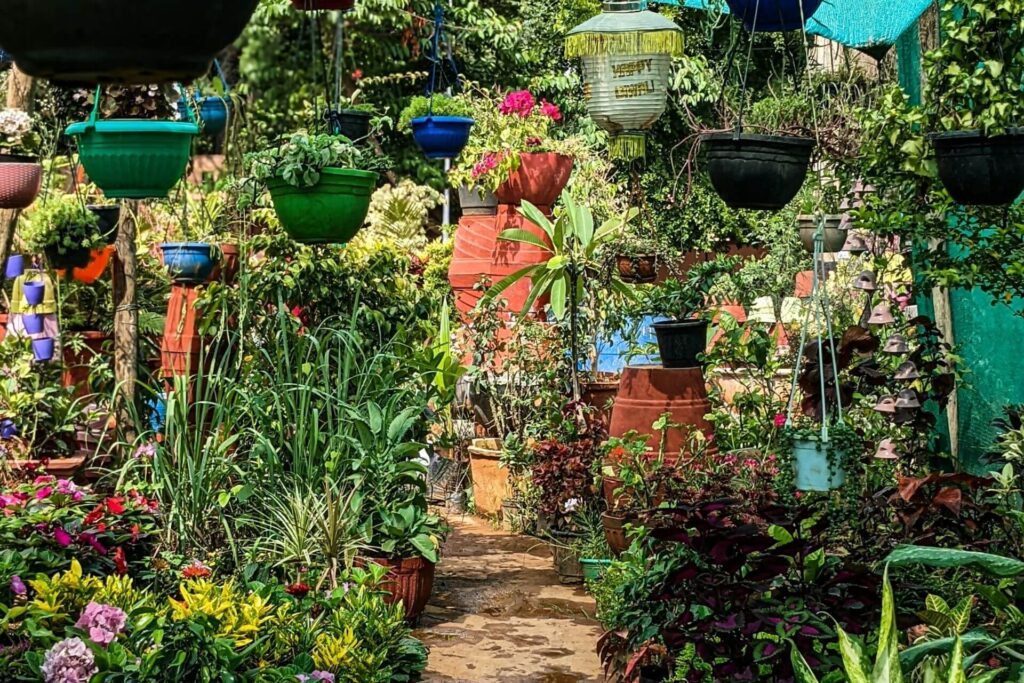The latest developments in the Internet of Things, artificial intelligence, machine learning and robotics have transformed conventional garden and landscape maintenance. Whether you care for a residential outdoor space or manage a large-scale farm, these technologies are revolutionizing horticulture and boosting plant growth and yields.
What Are Smart Gardens?
Smart gardening systems integrate cutting-edge technology to optimize plant care. For example, the approach uses various tools — automation, robotics, sensors and connectivity — to monitor, adjust and improve gardening conditions.
These devices usually address parameters such as soil health, irrigation, lighting, temperature, real-time weather tracking and pest and weed control. Based on individual plant requirements, growers can often enhance plant health while conserving essential resources like water and energy.

How Smart Garden Technologies Have Improved Landscape Management
Garden technology is rising, with new solutions advancing and entering the market daily. These devices and systems have made it possible to manage landscapes more efficiently and precisely, maximizing plant vitality and crop productivity. Here are seven smart garden innovations revolutionizing outdoor growing areas.
1. Robotic Lawnmowers
Like Roombas, robotic lawnmowers make a mundane, time-consuming job far more manageable. These devices integrate sensors, GPS navigation and boundary wires to landscape yards and uneven terrains for a pristine lawn.
Set up an operating schedule beforehand so you don’t forget to turn the device on. It will automatically return to its charging station when its batteries run low.
The sensors ensure the mowers avoid collisions with various objects. Thanks to highly advanced algorithms, they can also adjust their mowing directions and patterns depending on grass height and density.
2. Smart Garden Watering Systems

Smart irrigation ensures plants get adequate water based on their growing requirements. These high-tech devices incorporate sensors to measure soil moisture and assess local weather conditions, adjusting watering as necessary. They also operate remotely through smartphone apps over Wi-Fi and Bluetooth.
As hydroponics, in particular, grows increasingly popular, smart garden watering systems play a critical role in water and nutrient uptake. Studies show hydroponics uses 90% less water than conventional farming irrigation practices.
3. Soil Monitoring Sensors
Smart soil monitoring sensors deliver real-time insights about your soil’s moisture content, temperature, nutritional concentration and pH levels. These devices send data to a mobile app so you can make informed decisions about watering and fertilizing your yard. You can usually store the data to track changes over time.
For example, plants often prefer a pH of 6.0 to 7.0, though some like 5.0 acidity or less. Depending on your readings, you may need to add calcium carbonate to acidic soil or sulfur to alkaline dirt to ensure it remains balanced.
4. Drone Technology

Drones enable aerial surveillance and maintenance of large-scale landscapes and farms. Cameras and sensors can give you immediate insights into plant health — including noticeable diseases, weeds and pest infestations — so you can detect and correct problems as they arise.
Many drones use GPS capabilities, AI algorithms and light detection and ranging to navigate and garner data. Advanced models can even disperse seeds, spray plants with pesticides or pollinate flowers with targeted precision.
5. Weather Monitoring
Though plants need sufficient water to grow, too much could leave them waterlogged. Extreme temperatures and high-speed wind may also influence adverse outcomes. Fortunately, weather monitoring systems employ satellites, sensors and weather stations to collect real-time information for a specific area.
You can use the data and weather forecasts to prepare for and protect plants from upcoming conditions. Some of these systems also deliver weather alerts and recommendations for plant care, such as when it’s best to irrigate, fertilize or cover crops in case of heavy precipitation, heat or frost.
6. Lighting Systems
Light-emitting diodes produce adequate light for healthy plants and use far less energy than incandescent bulbs. You can encourage photosynthesis activity by adding light within a plant’s ideal range of 400 and 700 nanometers. One study found that using LEDs to provide 600 to 630 nm increased plant growth best.
You can use your smartphone to adjust the color and intensity of LED lighting systems and even program it to imitate natural daylight.
7. Automated Vertical Gardens
Sometimes urban properties allow for limited gardening space. Automated vertical gardens take up little room and are visually appealing. These smart gardening systems often include built-in drip irrigation, hydroponics or aeroponics to ensure plants receive adequate water and nutrients.
Depending on what you buy, these vertical gardens may come with programmable LED lighting, smart controls for remote operation and monitoring sensors to track temperature and humidity levels.

Maintain a Beautiful Landscape With Today’s Advanced Technologies
Smart gardens are evolving daily, with new tools and systems available to optimize outdoor spaces. Use these cutting-edge devices to create a beautiful garden landscape with healthier plants and easier maintenance.

Leave a Reply